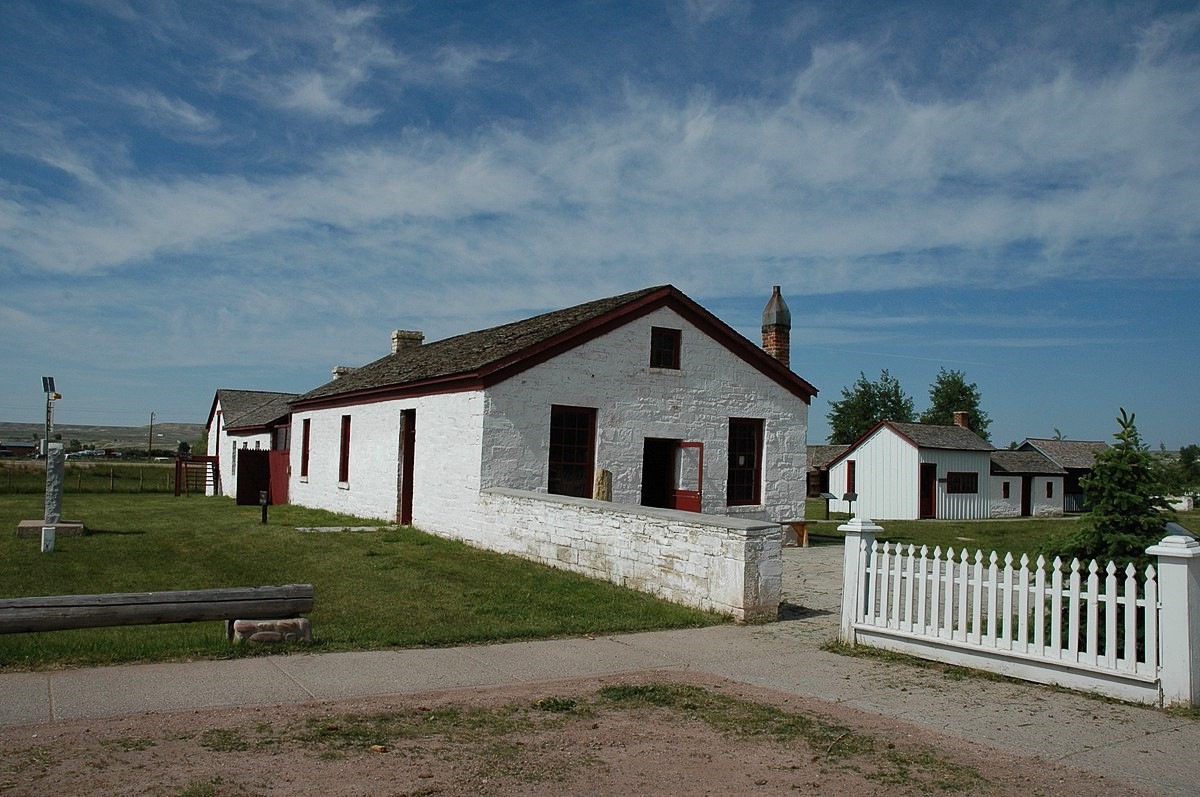Hidden History Of Wyoming’s Fort Bridger Villages

Nestled in the rugged landscapes of Wyoming, Fort Bridger holds stories of the past waiting to be told. This historic site, once a bustling hub for traders, trappers, and travelers, offers a glimpse into the lives of those who shaped the American West. Established in 1843 by mountain man Jim Bridger and his partner Louis Vasquez, Fort Bridger became a vital stop along the Oregon Trail. It served as a military outpost, trading post, and a place of refuge for weary pioneers. Today, visitors can wander through reconstructed buildings, explore fascinating exhibits, and imagine the vibrant communities that once thrived here. Whether you're a history buff or just curious about the past, Fort Bridger invites you to step back in time and experience the rich tapestry of cultures and events that define this remarkable place.
Discovering the Hidden History of Fort Bridger
Fort Bridger in Wyoming holds a treasure chest of stories from the past. This historic site, once a bustling hub for travelers and traders, now offers a glimpse into the lives of those who lived and worked there. Let's explore some of the fascinating villages and landmarks that make Fort Bridger a must-visit for history buffs.
1. The Original Fort Bridger Trading Post
The heart of Fort Bridger's history lies in its original trading post. Established by Jim Bridger and Louis Vasquez in 1843, this post became a vital stop for pioneers heading west. Visitors can wander through reconstructed buildings and imagine the bustling trade that once took place here.
2. The Pioneer Cemetery
A short walk from the trading post, the Pioneer Cemetery tells tales of the early settlers. Many who braved the harsh conditions of the frontier found their final resting place here. Each gravestone whispers stories of courage and hardship.
3. The Military Fort
In 1858, the U.S. Army took control of Fort Bridger, transforming it into a military fort. The barracks and officer's quarters still stand, offering a peek into the lives of soldiers stationed here. Exploring these buildings gives insight into the fort's strategic importance during the Indian Wars.
4. The Blacksmith Shop
The blacksmith shop was the lifeline of the fort, providing essential services to travelers and soldiers alike. Today, visitors can watch demonstrations of traditional blacksmithing techniques and learn about the vital role this shop played in daily life at the fort.
5. The Pony Express Station
Fort Bridger was a key stop on the Pony Express route, which carried mail across the country in record time. The station building still stands, reminding visitors of the daring riders who braved the elements to deliver letters and packages.
6. The Shoshone and Bannock Indian Camp
Before the arrival of settlers, the Shoshone and Bannock tribes called this area home. A reconstructed camp offers a glimpse into their way of life, showcasing traditional dwellings and artifacts. This site honors the rich cultural heritage of the Native American tribes who lived here.
7. The Mormon Wall
In 1853, Mormon settlers built a protective wall around Fort Bridger. Though much of it has crumbled, remnants of the wall can still be seen. This structure stands as a testament to the fort's turbulent history and the settlers' determination to protect their community.
8. The Museum
The Fort Bridger Museum houses a collection of artifacts and exhibits that bring the fort's history to life. From pioneer tools to military uniforms, the museum offers a comprehensive look at the people and events that shaped this historic site.
9. The Wagon Encampment
Step back in time at the wagon encampment, where visitors can see replicas of the covered wagons used by pioneers. This interactive exhibit provides a hands-on experience, allowing visitors to understand the challenges faced by those who journeyed westward.
10. The Old Hotel
Once a bustling inn for weary travelers, the old hotel now stands as a reminder of the fort's vibrant past. Visitors can explore the restored rooms and imagine the stories shared by guests who passed through its doors.
Understanding Fort Bridger's Legacy
Fort Bridger holds a rich tapestry of stories that reflect the spirit of the American West. Its villages were more than just stops along the trail; they were vibrant communities where cultures met and mingled. From the Native American tribes who first called the area home to the traders and settlers who passed through, each group left its mark. The fort served as a crucial hub for commerce and communication, bridging diverse worlds. Today, the remnants of these villages offer a glimpse into the past, inviting visitors to step back in time. Exploring Fort Bridger's history helps us appreciate the resilience and adaptability of those who lived there. As you wander through this historic site, imagine the lives of those who once walked these paths. Their stories continue to shape our understanding of the American frontier, reminding us of the enduring legacy of Fort Bridger.

